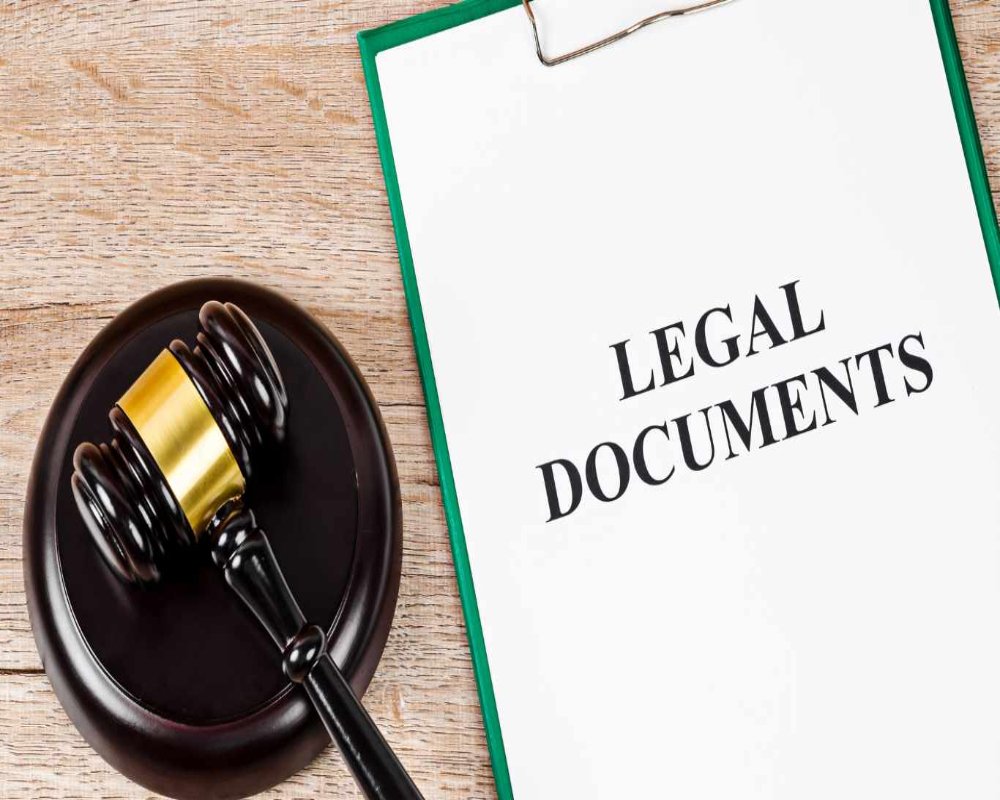Introduction
Zoning compliance is a fundamental requirement in real estate development and property transactions, ensuring that the intended use, design, and operations of a property align with the regulations established by local planning authorities. Zoning laws dictate how land can be used—whether for residential, commercial, industrial, or mixed purposes—and they impose specific restrictions on building height, density, lot coverage, parking, signage, and more. Establishing zoning compliance through legal documentation is essential for securing permits, obtaining financing, mitigating development risks, and protecting future property value. Without verified zoning compliance, projects can face costly delays, fines, enforcement actions, or even forced cessation of operations.
Role of Legal Documentation in Zoning Compliance
Legal documentation serves as the backbone for verifying that a property conforms to applicable zoning regulations. This verification typically occurs during the due diligence phase of a transaction or in preparation for development applications. The first step involves obtaining a zoning verification letter or zoning compliance certificate from the local planning or zoning department. This official document confirms the property’s current zoning classification and details the permitted uses, development standards, and any zoning-related conditions attached to the parcel.
Beyond basic zoning confirmation, additional legal documentation may be required to establish full compliance. Recorded site plans, subdivision plats, special use permits, variances, and conditional use approvals provide evidence that prior developments, changes in land use, or deviations from base zoning standards were properly authorized. Copies of these documents must be reviewed carefully to understand any restrictions or ongoing obligations tied to the property.
Review of Historical Approvals and Conditions
Many properties, particularly in commercial or complex developments, are subject to historical zoning approvals that may impose unique conditions or limitations not immediately apparent from a zoning map. Developers and buyers must obtain and review previous zoning board decisions, planning commission resolutions, and development agreements that affect the property. These documents often outline specific obligations, such as maintaining open space, providing infrastructure improvements, or adhering to traffic mitigation measures, which must be honored by subsequent owners.
If the property benefits from a variance or non-conforming use status, documentation establishing these rights must be secured. Variances allow for legally sanctioned exceptions to zoning rules, while non-conforming uses permit properties to continue operating despite zoning changes that would otherwise prohibit them. In either case, it is vital to confirm that these rights were lawfully granted and have not lapsed due to abandonment, expansion, or operational changes.
Integration with Land Use and Development Regulations
Zoning compliance is interconnected with broader land use and development regulations, such as comprehensive plans, overlay districts, environmental ordinances, and building codes. Legal documentation must therefore include not only direct zoning evidence but also confirmation of consistency with related policies and regulations. Properties located within special planning areas—such as historic preservation districts, coastal management zones, or transportation corridors—may have additional layers of compliance requirements that must be documented and satisfied.
Surveys and Site Analysis
Accurate surveys prepared by licensed professionals are also important in establishing zoning compliance. Surveys confirm that existing structures conform to setback requirements, building height limitations, parking standards, and lot coverage restrictions. Any encroachments, boundary disputes, or physical deviations from approved plans must be identified and addressed through legal remedies or corrective actions.
Importance for Financing and Risk Mitigation
Lenders and title insurers typically require documented evidence of zoning compliance before finalizing financing or issuing policies. Zoning risks—such as prohibited uses, illegal structures, or unresolved conditions—can jeopardize collateral value and lead to significant liabilities. Ensuring that all zoning documents are collected, verified, and consistent with current property use is critical for protecting investment and securing stakeholder confidence.
Addressing Non-Compliance
If a zoning issue is discovered, legal counsel must guide the process of resolving it. Solutions may include applying for new permits, seeking variances, amending existing approvals, or negotiating with municipal authorities. Thorough documentation of efforts to cure non-compliance is important for demonstrating good faith and establishing legal defenses if disputes arise later.
Conclusion
Establishing zoning compliance through legal documentation is an indispensable step in any property acquisition, development, or financing process. By carefully reviewing zoning certificates, historical approvals, variances, site plans, and surveys, real estate professionals ensure that the property conforms to all applicable laws and regulations. Proper documentation not only reduces legal and financial risk but also streamlines project approvals, enhances marketability, and fosters successful, sustainable property development. In a regulatory environment where zoning codes are increasingly complex, meticulous attention to compliance documentation is essential for responsible and profitable real estate practice.
Hashtags
#ZoningCompliance #LegalDocumentation #LandUse #PropertyLaw #ZoningLaws #RealEstate #UrbanPlanning #ComplianceMatters #LegalAdvice #ZoningRegulations #PropertyDevelopment #LandUsePlanning #LegalGuidance #ZoningIssues #RealEstateLaw #CommunityPlanning #BuildingPermits #ZoningOrdinance #LegalExperts #PropertyManagement


